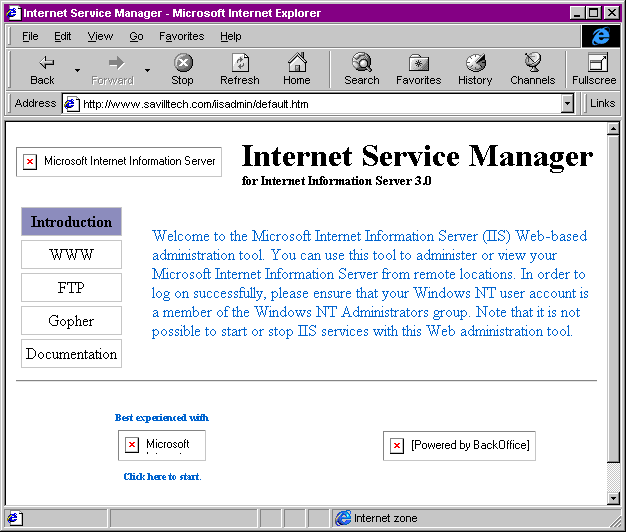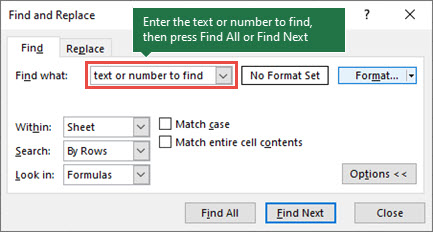
However, if you first format the cell as a date (for example, d/d/yyyy) and then type the number 36526, the cell displays. This is because the cell remains in the General number format. For example, if you type 36526 into a cell and then press ENTER, the cell contents are displayed as 36526. With the General format, anything you type into the cell is usually left as-is. Number Tab Auto Number Formattingīy default, all worksheet cells are formatted with the General number format. The following sections describe the settings available in each tab. There are six tabs in the Format Cells dialog box: Number, Alignment, Font, Border, Patterns, and Protection. The "More Information" section of this article provides information about each of the settings available in the Format Cells dialog box and how each of these settings can affect the way your data is presented. You can access and modify the majority of these settings in the Format Cells dialog box (on the Format menu, click Cells). For example, you can specify the number of digits to the right of a decimal point, or you can add a pattern and border to the cell. Microsoft Excel lets you change many of the ways it displays data in a cell. For more information about this change, read this blog post. These options are specified as bit flags, that can be used by bitwise ORing them together.Office 365 ProPlus is being renamed to Microsoft 365 Apps for enterprise. MessageBox dialog boxes have a number of different options that can be specified: Button types, Icons, modality (modal/modeless), and text justification. What are the six different types of dialog box? There are three types of dialog boxes: modal dialog boxes, movable modal dialog boxes, and modeless dialog boxes. With these, the user supplies the information your application needs to carry out the command. Your dialog boxes can include editable text fields and controls such as checkboxes and radio buttons. Less commonly used commands can be entered at the Command prompt. Many, but not all commands are accessible from the menu bar. Use the menu bar when learning the product, or browsing for a command. What is AutoCAD menu bar? The menu bar contains common commands organized into logical categories. Click a toolbar that you want to enable (e.g., Bookmarks Toolbar)Ĥ. Click View (on Windows, press the Alt key first)ģ. Hover your mouse over the thumbnail of the instance/document with the hidden dialog box.14 déc. It should bring up one or more thumbnails of instances/documents open for that application. Hover your mouse over the application on the tool bar. The AutoCAD Options dialog box contains 10 tabs, and is organized into categories to aid you in finding a setting. To open the Options dialog box, type OP in the command line, or right-click in space (without anything selected), and choose Options from the right-click shortcut menu.Ģ. How do I change the dialog box in AutoCAD?ġ. An application typically uses dialog boxes to prompt the user for additional information for menu items. 2020Ī dialog box is a temporary window an application creates to retrieve user input. (CTRL+SHIFT+O) is the shortcut key to open library dialogue box……15 déc. Is the shortcut key to open the Library dialog box?

What is the shortcut key to open dialog box? Modeless dialog boxes allow users to switch between the dialog box and the owner window as desired. Modal dialog boxes require users to complete and close before continuing with the owner window.Ģ.

Select the desired toolbars to turn them on.ġ. On the command line type MENUBAR and set the value to 1.ģ. Move the mouse around until the dialog box/window is placed where you want it located.ġ. This will “stick” the dialog box/window to your cursor.Ģ. After accessing the tool/command to open a dialog box/window, press +, then press M, then press any arrow key on your keyboard. This is the same context menu you’ll find in Explorer windows.ġ. Right-click any of the files or folders displayed in that dialog and you’ll see a context menu pop open. Open an application and then press Ctrl-O, or click the Open icon, to display the Open dialog box. To open the Options dialog box, type OP in the command line, or right-click in space (without anything selected), and choose Options from the right-click shortcut menu. How do I restore a dialog box in AutoCAD?



 0 kommentar(er)
0 kommentar(er)
